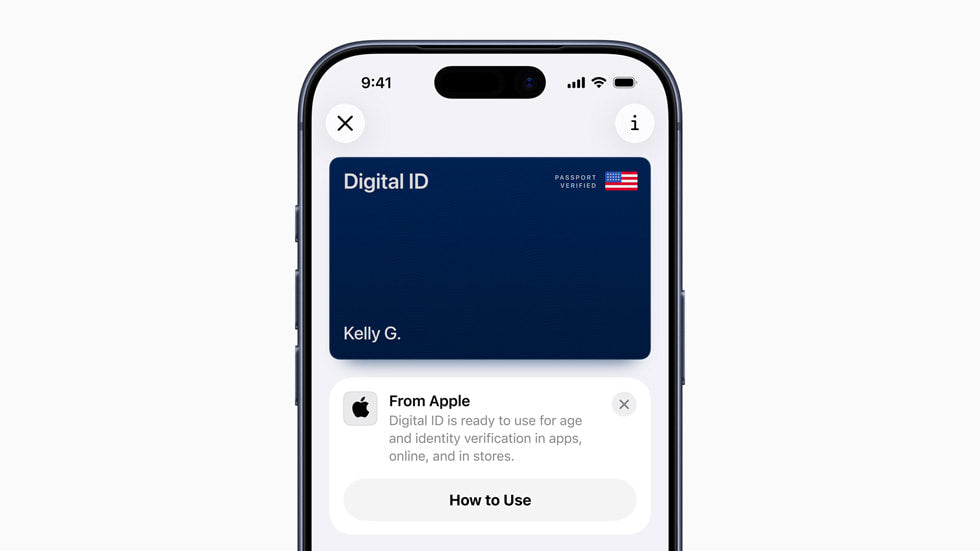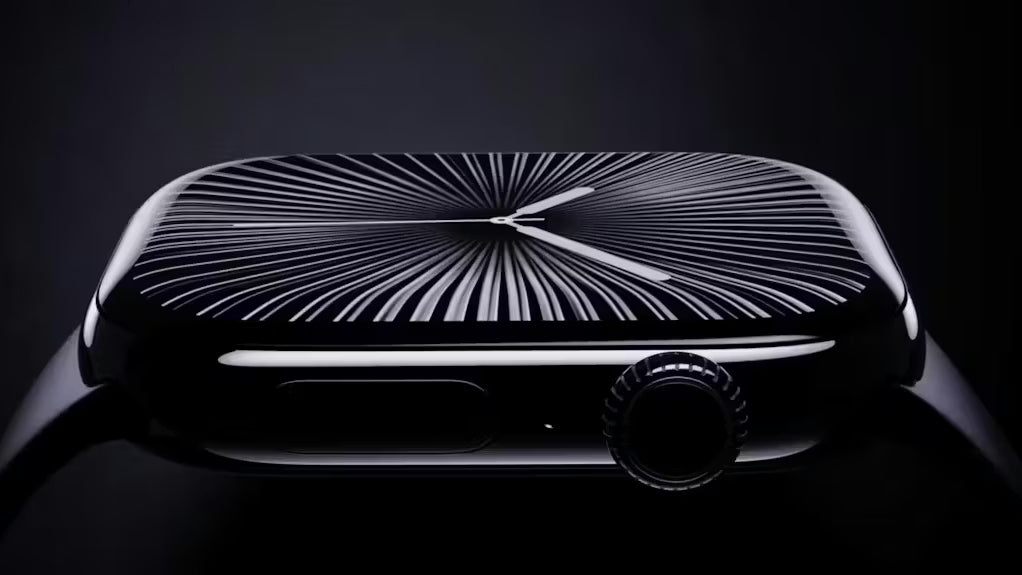The iPhone 15 Pro represents the apex of Apple's technological advancements, boasting features that set it apart from its predecessors like the iPhone 14 Pro Max. With the introduction of iOS 17, Apple promises a range of enhancements that improve user interaction and device performance. This latest iPhone iteration seeks to redefine what users expect from a high-end smartphone, blending aesthetic refinements with under-the-hood upgrades.
On the opposing side, Android flagships, including the Samsung Galaxy S23 and Google Pixel 9, present their own set of innovations. These devices highlight Android's strengths, such as camera flexibility, battery life, and a wide variety of hardware options. Each Android behemoth brings something unique to the table, challenging the iPhone 15 Pro in areas like digital zoom capabilities, refresh rates, and telephoto lens quality.
Comparing these devices requires examining not just the hardware specs but also the software ecosystem each operates within. iOS 17 on the iPhone 15 Pro offers a seamless experience with regular updates and a tightly integrated app ecosystem. Android counterparts, meanwhile, boast greater customization and a wider array of device choices, thanks to the variety of Android manufacturers.
The debate between the iPhone 15 Pro and its Android adversaries isn't just about hardware; it's also a clash of philosophies. Apple's approach offers simplicity and integration, while Android champions choice and flexibility. This analysis aims to delve deep into these aspects, comparing everything from the camera prowess of the Google Pixel 9 to the battery innovations in the Samsung Galaxy S23, all in the context of the iPhone 15 Pro's offerings.
The Battle of the Titans: iPhone 15 Pro vs Android Flagships
In the arena of high-end smartphones, the iPhone 15 Pro faces stiff competition from a variety of Android flagships. These Android devices, powered by cutting-edge processors like Qualcomm’s Snapdragon 8 Gen 3 and Google’s Tensor, offer formidable challenges to the iPhone 15 Pro, particularly in aspects like refresh rates and camera capabilities. The Samsung Galaxy S23, for instance, is a direct competitor with its advanced features and performance metrics. Both platforms have their unique strengths, with iOS 17 bringing enhancements that leverage the latest Apple hardware, setting the stage for an epic showdown in the iPhone vs Android saga.
iPhone 15 Pro - A Closer Look at Apple's Latest Marvel
The iPhone 15 Pro, powered by iOS 17, is Apple's bold statement in the evolving smartphone market. It distinguishes itself with a sophisticated telephoto lens, promising unparalleled zoom capabilities and image clarity. This latest marvel from Apple not only showcases significant improvements in camera technology but also sets a new standard for what consumers can expect from premium smartphones. Its integration with iOS 17 ensures that users get the most refined experience, optimized specifically for the hardware of the iPhone 15 Pro.
Performance Innovations and Software Brilliance
Apple devices, particularly the iPhone 15 Pro, have always been synonymous with performance and innovation. This iteration is no exception, boasting enhancements that push the boundaries of what smartphones can do. The synergy between the hardware and iOS 17 enables features and efficiencies that Android phones struggle to match. This performance leap is most noticeable in tasks that demand high computational power, where the iPhone 15 Pro consistently outperforms its Android counterparts.
Furthermore, the software brilliance of iOS 17, expected to be succeeded by iOS 18, showcases Apple's commitment to providing a seamless user experience. The operating system is tailored to leverage the hardware of Apple devices fully, offering a wider array of apps that are optimized for the iPhone 15 Pro. This optimization extends to battery life, app responsiveness, and overall system stability, making iPhones stand out among a sea of Android devices.
Samsung Galaxy S23 - The Android Behemoth
The Samsung Galaxy S23 stands tall as a pinnacle of Android technology, challenging the iPhone 15 Pro with its formidable A16 Bionic chip. This powerhouse device brings to the table not just raw performance but also a level of refinement in its user experience that rivals even the latest iPhone. With the Galaxy S23, Samsung has pushed the envelope in smartphone technology, setting a high benchmark for what Android devices can achieve.
Camera Flexibility and Battery Prowess
The iPhone 15 Pro's titanium build sets a new standard for durability and premium feel in smartphones. However, it's not just about the external appearance; this build also contributes to the device's overall performance, especially in terms of camera flexibility and battery life. The iPhone 15 Pro’s camera system is designed to deliver exceptional photo quality, with its telephoto lens and digital zoom capabilities standing out as key features for photography enthusiasts.
Battery prowess is another area where the iPhone 15 Pro shines, thanks to its efficient use of the titanium build to house a larger battery without significantly increasing the weight. This innovation ensures that users can enjoy longer hours of usage without constantly worrying about recharging their device. The combination of these advancements positions the iPhone 15 Pro as a strong contender in the high-end smartphone market, challenging Android giants to match its performance and feature set.
Android's Customisation Kingdom
Android users revel in a realm where personalisation takes centre stage. Unlike its competitors, Android offers a plethora of customisation options, allowing users to tailor their devices to suit their personal tastes. From changing the entire theme of the device to selecting unique icons for each app, Android users have the freedom to make their smartphones truly theirs. This level of customisation enriches the user experience, setting Android apart in the mobile tech landscape.
The Open-Source Advantage and Its Impact on User Freedom
The open-source nature of Android has led to an expansive app library, where developers freely contribute and innovate. This has resulted in a vast array of apps and customisation options unavailable on other platforms. Users benefit from an app drawer that organises apps efficiently, making them easily accessible and improving overall user experience. The freedom to choose from different launchers further empowers users to reshape their interface and interactions with their device.
Moreover, this open-source framework encourages a community-driven approach to software development. Users are not just consumers but also contributors, offering feedback and even creating custom apps and features. This collaborative ecosystem fosters innovation and ensures that the needs and preferences of Android users are continuously addressed, enhancing the overall functionality and user satisfaction.
Innovations and Features That Set Them Apart
Both iPhone and Android devices boast unique features that highlight their technological advancements. The iPhone 15 Pro introduces the revolutionary Dynamic Island, an innovative approach to notifications and interactions. Android counterparts, particularly Pixel phones, offer the Google Assistant with advanced AI capabilities, enhancing user interaction. Moreover, Pixel's exclusive feature, the double tap of the power button to quickly launch the camera, exemplifies Android's focus on accessibility and convenience. These innovations reflect the ongoing competition between platforms to provide users with not only cutting-edge technology but also practical features that enhance daily use.
iPhone 15 Pro: The Revolutionary Action Button
The iPhone 15 Pro debuts a revolutionary action button, a feature designed to offer users a new level of interaction with their device. With a single tap, users can execute various commands, setting it apart from previous models and offering a fresh way to engage with the device. This innovation showcases Apple's commitment to enhancing user experience through intuitive design. While similar features exist on Samsung devices, the action button on the iPhone 15 Pro stands out for its seamless integration and functionality, marking a significant step forward in smartphone technology.
Exploring the Potential: Beyond Mere Gimmick
The introduction of the action button on the iPhone 15 Pro and the Dynamic Island feature are not mere gimmicks but significant enhancements that redefine user interaction. These features blend hardware and software seamlessly, offering users intuitive ways to access notifications, controls, and apps. This integration feels like Apple has taken a cue from the best of Android alternatives, yet has pushed the envelope in making these features uniquely beneficial. The Google Assistant, for instance, represents a pinnacle of AI integration on Android devices, offering voice-activated functionalities that enhance user experience. However, Apple's innovations in the iPhone 15 Pro models demonstrate a similar commitment to blending technology with practicality, ensuring that these new features offer real value to users.
As technology advances, the distinction between hardware and software blurs, with both Apple and Android striving to offer an ecosystem where features feel natural and integral to the device. Apple's action button and Dynamic Island showcase how technology can be both innovative and functional, providing users with tools that enhance their daily interactions with their devices. These advancements highlight the ongoing evolution of smartphones, where features once considered futuristic are now part of the standard user experience, demonstrating the industry's commitment to innovation and user satisfaction.
Samsung's Monster Battery Tech: A New Era for Android
The Samsung Galaxy S23 heralds a new era for Android with its monster battery tech. Samsung has pushed the boundaries of battery technology, offering users longer battery life and more efficient charging capabilities. This advancement addresses one of the most common concerns among smartphone users, ensuring that the device can keep up with the demands of modern usage patterns. With this innovation, Samsung sets a new benchmark for what users can expect from their smartphones, making it a standout feature in the competitive mobile market.
How Samsung Galaxy S23 Is Redefining Battery Expectations
Samsung's Galaxy S23 has taken a significant leap forward with its battery technology, offering users an unparalleled mobile experience. The device's enhanced battery life means users can enjoy longer periods of use without the need for frequent charging, a crucial factor for those who rely on their smartphones for work, entertainment, and communication. This advancement is not just about lasting longer; it's about integrating battery efficiency with overall device performance, ensuring that the phone operates at its peak without compromising on battery life.
Moreover, Samsung's focus on fast and efficient charging solutions complements its battery technology, reducing the time devices spend tethered to a charger. This holistic approach to battery management demonstrates Samsung's commitment to not only meeting but exceeding user expectations. As a result, the Galaxy S23 stands as a testament to the progress being made in smartphone battery technology, promising users a future where their devices are more reliable, powerful, and capable of supporting their increasingly digital lifestyles.
The Final Verdict: Balancing Features, Innovation, and Price
When comparing the iPhone 15 Pro to its Android rivals, it's clear that each brings unique strengths to the table. Apple devices, known for their seamless integration and frequent software updates, offer a user experience that's hard to beat. These software updates ensure that even older models remain relevant, adding value over time. On the other hand, Android flagships, with their diverse ecosystem, offer more choice and customization to users, often at a more attractive price point.
The balance between features, innovation, and price ultimately depends on what the user values most. For those who prioritize a polished user experience and long-term software support, the premium price of the iPhone 15 Pro might seem justified. However, for users looking for flexibility, customization, and potentially better value for money, Android counterparts might be more appealing. In the end, both platforms have made significant strides in technology, pushing each other towards better innovation and offering consumers a rich array of choices.




Share:
Why the Apple Ecosystem is Still Unmatched in 2025